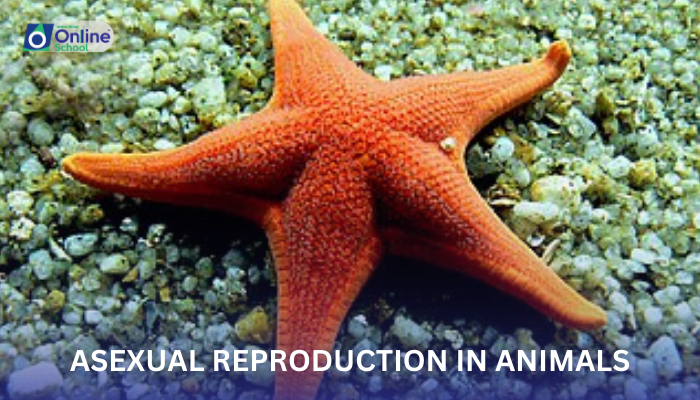
Learning Outcomes:
i. Define asexual reproduction and explain how it differs from sexual reproduction.
ii. Identify the different types of asexual reproduction in animals: binary fission, multiple fission, budding, and fragmentation.
iii. Explain how asexual reproduction allows animals to survive in different environments.
i. Introduction
Asexual reproduction is the process by which a new organism is created from a single parent, without the need for fertilization. This type of reproduction is common in many different groups of animals, including invertebrates such as sponges, cnidarians, flatworms, and nematodes, as well as in some vertebrates such as fish, amphibians, and reptiles.
ii. Types of Asexual Reproduction
There are four main types of asexual reproduction in animals:
Binary fission: This is the simplest form of asexual reproduction, in which the parent cell divides into two identical daughter cells. Binary fission is common in unicellular organisms such as amoebas and bacteria, but it also occurs in some multicellular animals, such as planarians.
Multiple fission: This is similar to binary fission, but instead of dividing into two daughter cells, the parent cell divides into multiple daughter cells. Multiple fission is common in some parasitic protozoa, such as malaria parasites.
Budding: In this type of asexual reproduction, a small outgrowth, or bud, forms on the parent organism. The bud eventually grows and develops into a complete new organism. Budding is common in cnidarians, such as corals and sea anemones, as well as in some flatworms and sponges.
Fragmentation: In this type of asexual reproduction, the parent organism breaks apart into two or more pieces, and each piece develops into a complete new organism. Fragmentation is common in some flatworms, sponges, and annelid worms.
iii. Advantages and Disadvantages of Asexual Reproduction
Asexual reproduction has a number of advantages for animals. First, it is a very efficient way to produce offspring. A single parent can produce a large number of offspring in a short period of time. Second, asexual reproduction does not require a mate, which can be beneficial for animals that live in areas where mates are scarce.
However, asexual reproduction also has some disadvantages. First, the offspring produced by asexual reproduction are genetically identical to the parent. This means that they are not as well-adapted to changes in their environment as offspring produced by sexual reproduction. Second, asexual reproduction can lead to the rapid spread of diseases and parasites.
iv. How Asexual Reproduction Allows for Species Survival in Different Environmental Contexts
Asexual reproduction can be particularly advantageous for animals that live in unstable or unpredictable environments. For example, many freshwater sponges reproduce asexually by fragmentation during the summer months, when the water levels are low and the ponds and lakes they inhabit may dry up. This allows the sponges to produce offspring quickly and efficiently, so that they can repopulate the water bodies when the water levels rise again.
Another example is the bdelloid rotifer, a microscopic animal that lives in freshwater and terrestrial habitats. Bdelloid rotifers are all female and reproduce asexually by parthenogenesis, the development of an embryo from an unfertilized egg. This allows bdelloid rotifers to survive in environments where males are scarce or nonexistent.
Asexual reproduction is a diverse and widespread reproductive strategy in animals. It allows animals to produce offspring quickly and efficiently, and to survive in unstable or unpredictable environments. However, asexual reproduction also has some disadvantages, such as the lack of genetic variation in the offspring.